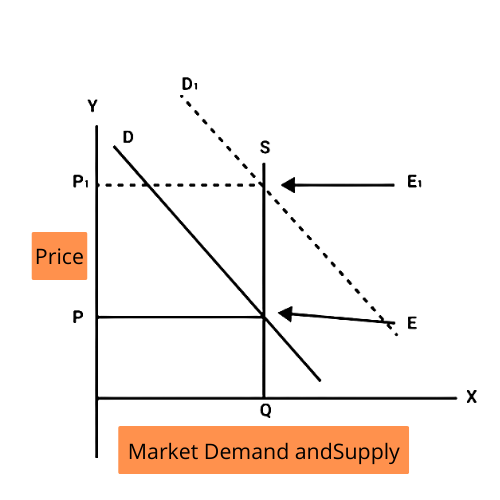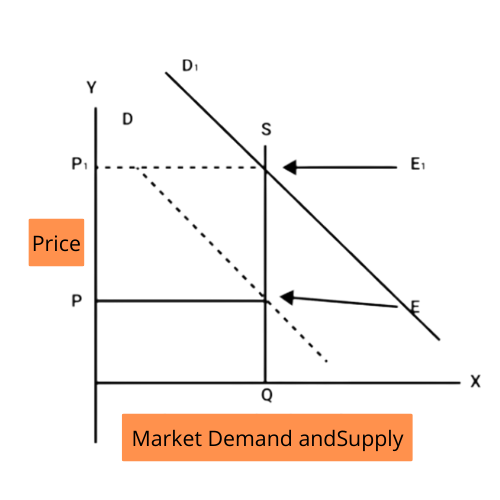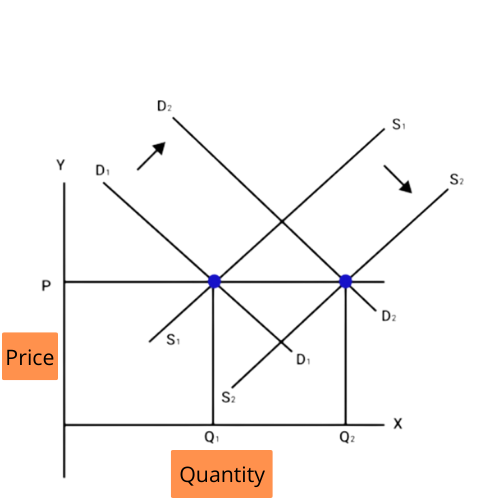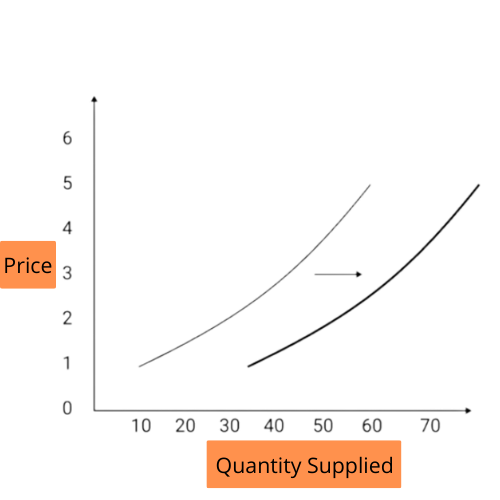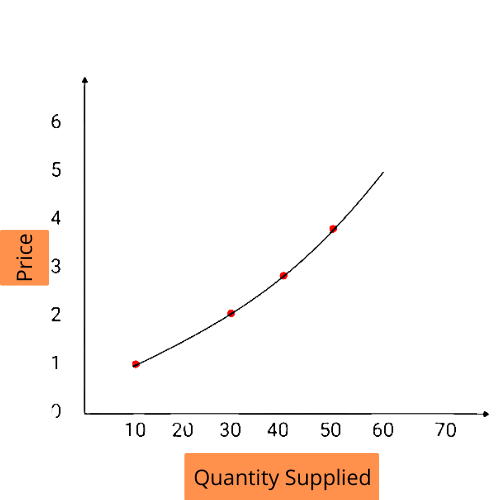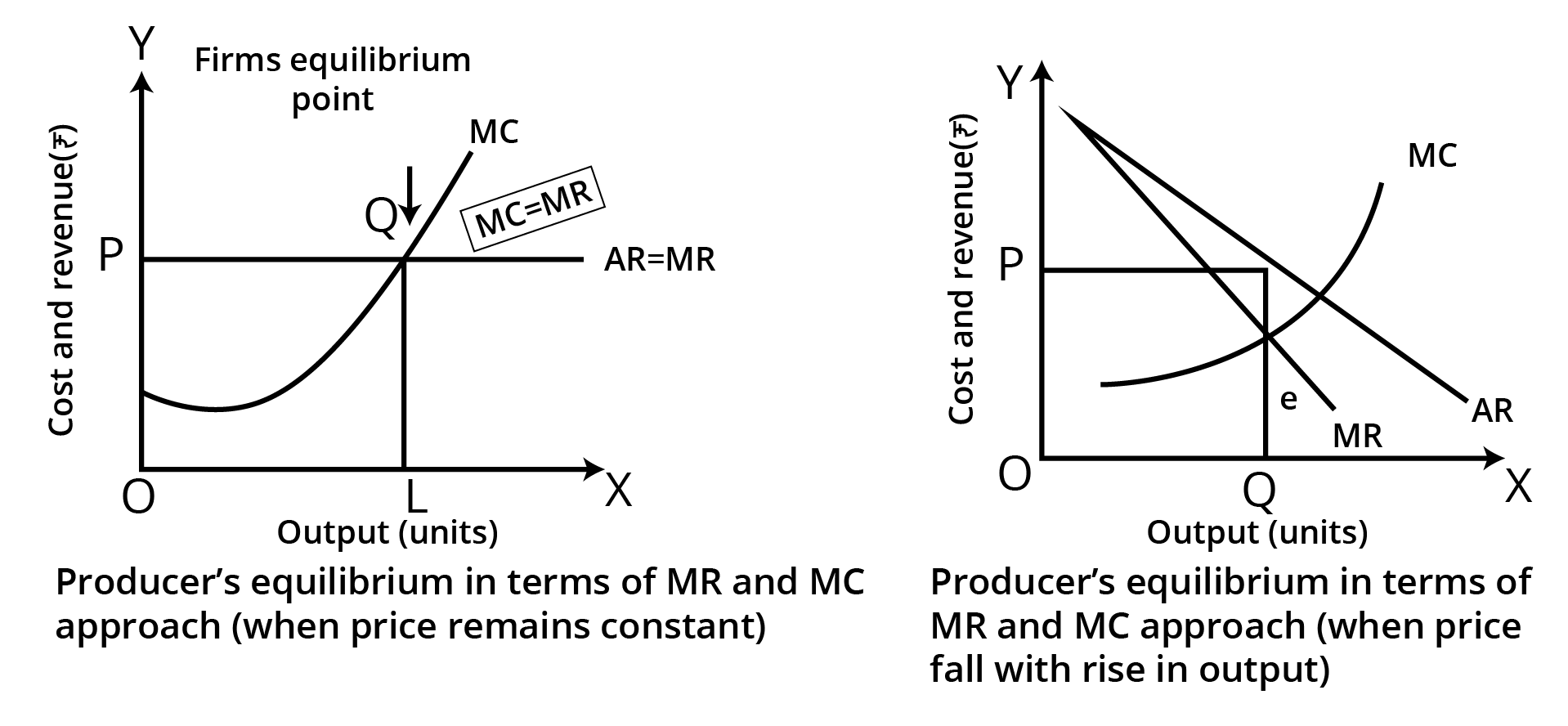An Overview of Ncert Solutions Class 6 Hindi Durva Chapter 24
FAQs on Ncert Solutions Class 6 Hindi Durva Chapter 24
1. What are the main characteristics of a perfectly competitive market, as expected in Class 12 board exams (CBSE 2025–26)?
- Large number of buyers and sellers: No single buyer or seller can influence market price.
- Homogeneous products: All firms sell identical goods.
- Free entry and exit: Firms can join or leave the market without barriers in the long run.
- Perfect information: Buyers and sellers have complete knowledge of prices and products.
- No selling costs: No advertising or promotions needed since products are identical.
2. Explain the condition of producer equilibrium under perfect competition for Class 12 Economics.
Producer equilibrium in a perfectly competitive market is achieved when Marginal Cost (MC) equals Marginal Revenue (MR), and the MC curve cuts the MR curve from below. This ensures the firm maximizes its profit. No additional unit of output will add to profit after this point.
3. Why are firms unable to earn abnormal profits in the long run under perfect competition? (CBSE HOTS)
- Free entry of new firms: Any short-term abnormal profit attracts new entrants.
- This increases market supply, leading to a fall in price until only normal profit is possible.
- Losses also force firms to exit, reducing supply and restoring normal profits.
4. How does the demand curve faced by an individual firm under perfect competition differ from that in a monopoly?
Under perfect competition, a firm's demand curve is perfectly elastic (horizontal to the x-axis), since it can sell any quantity at the market price. In monopoly, the firm's demand curve is downward sloping, allowing the firm to set price by adjusting output.
5. What is the significance of 'normal profit' for a competitive firm in the long run as per CBSE 2025–26 mark scheme?
- Normal profit is the minimum earning required to keep an entrepreneur in business.
- In the long run, perfectly competitive markets ensure all firms earn only normal profits due to free entry and exit.
6. Under what condition will a perfectly competitive firm continue to operate even if it is making a loss in the short run? (application-based for 3/4 mark)
The firm will continue to operate if the price is greater than or equal to Average Variable Cost (P ≥ AVC). Shutting down would be considered only if price falls below AVC.
7. What happens to equilibrium price and quantity if both demand and supply increase by the same proportion in a perfectly competitive market?
If both demand and supply increase by the same proportion, the equilibrium price remains unchanged, but the equilibrium quantity increases.
8. Distinguish between change in supply and change in quantity supplied with relevant CBSE examples. (5-mark)
- Change in supply: Occurs due to factors other than price (e.g. technology, input costs), shifting the supply curve right or left.
- Change in quantity supplied: Caused only by change in price, shown as a movement along the supply curve.
- Example: If wage rates fall (input cost decrease), the supply curve shifts (change in supply); if price of the product increases, movement occurs along the curve (change in quantity supplied).
9. How does product differentiation distinguish monopolistic competition from perfect competition? (Frequently Asked, 3-mark)
In monopolistic competition, firms differentiate products by style, brand, or features, allowing some price influence. In perfect competition, products are identical, so firms are price takers with no differentiation.
10. Explain the importance of the MC=MR rule in determining the profit-maximizing output for a firm in perfect competition.
The MC=MR rule ensures resources are used efficiently. The firm maximizes profit by producing up to the point where the cost of producing one more unit equals the revenue it generates. Beyond this point, producing more would lower profit.
11. What are some common misconceptions about price determination under perfect competition? (FUQ; exam traps)
- Believing individual firms set the market price (actually, the price is set by market forces of demand and supply).
- Assuming abnormal profits are possible in the long run (only normal profits occur due to free entry/exit).
- Thinking products may be differentiated (in fact, all firms sell identical products).
12. Why is the supply curve of a perfectly competitive firm the part of its marginal cost curve above AVC?
This segment represents the minimum price at which a firm is willing to produce, since selling below AVC would result in losses greater than fixed costs, leading the firm to shut down in the short run.
13. Using CBSE 2025–26 exam approach, what are the long-run equilibrium conditions for a perfectly competitive firm?
- Price = Marginal Cost = Average Cost (P = MC = AC).
- Firms earn only normal profit.
- Entry and exit have stopped; no incentive for further firms to enter or leave.
14. What if a perfectly competitive firm's average revenue exceeds its average cost? (Numerical-based HOTS)
If Average Revenue (AR) > Average Cost (AC), the firm is making supernormal (abnormal) profit in the short run. This situation cannot persist in the long run.
15. How are price elasticity of supply and producer behavior related in perfect competition? (Expected conceptual)
- A higher price elasticity of supply means producers can quickly adjust production in response to price changes.
- In perfect competition, individual firms are highly responsive to price changes, leading to a typically elastic supply curve in the long run.

























